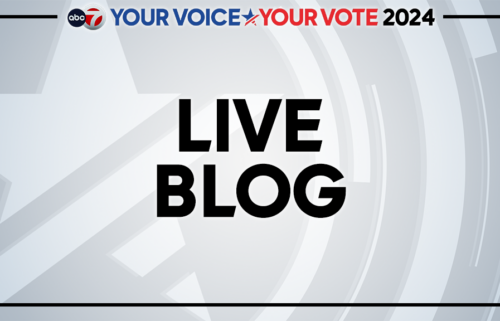Here’s how the impeachment hearings will work

The first public hearings in the impeachment inquiry into President Donald Trump began this week, with Bill Taylor, the top US diplomat in Ukraine, and Deputy Assistant Secretary of State George Kent testifying together on Wednesday, and another witness appearing before Congress on Friday.
The hearings before the House Intelligence Committee look much different than the other major hearings of the last few years, and although there may be slight alterations for each hearing, the impeachment resolution passed last month lays out a baseline structure.
Here’s how it’ll work:
- Both the chairman of the committee, Rep. Adam Schiff of California, and the top ranking Republican member, Rep. Devin Nunes, also of California, will evenly divide 90 minutes of questioning at the start of the hearing.
- They can take as much consecutive time as they want, so long as the other side is provided equal time out of that 90 minutes. So expect each to take 45 minutes.
- While Schiff and Nunes will speak and may interject from time to time, the resolution makes clear that this will be a staff-led questioning, as each member can delegate his time to counsel on the committee.
- On the Democratic side, the opening lines of questioning will be spearheaded by Daniel Goldman, a former federal prosecutor with the Southern District of New York who joined the committee in March and led the questioning in the closed-door depositions.
- On the GOP side, it will be Steve Castor, the chief investigative counsel for the House Oversight panel who has been detailed over to the House Intelligence Committee, along with his boss, Rep. Jim Jordan.
- At the conclusion of 90 minutes, the rest of the panel’s members will each have five minutes to question the witnesses.
On Friday, former US Ambassador to Ukraine Marie Yovanovitch will appear for the committee for the second public hearing of the impeachment investigation.



